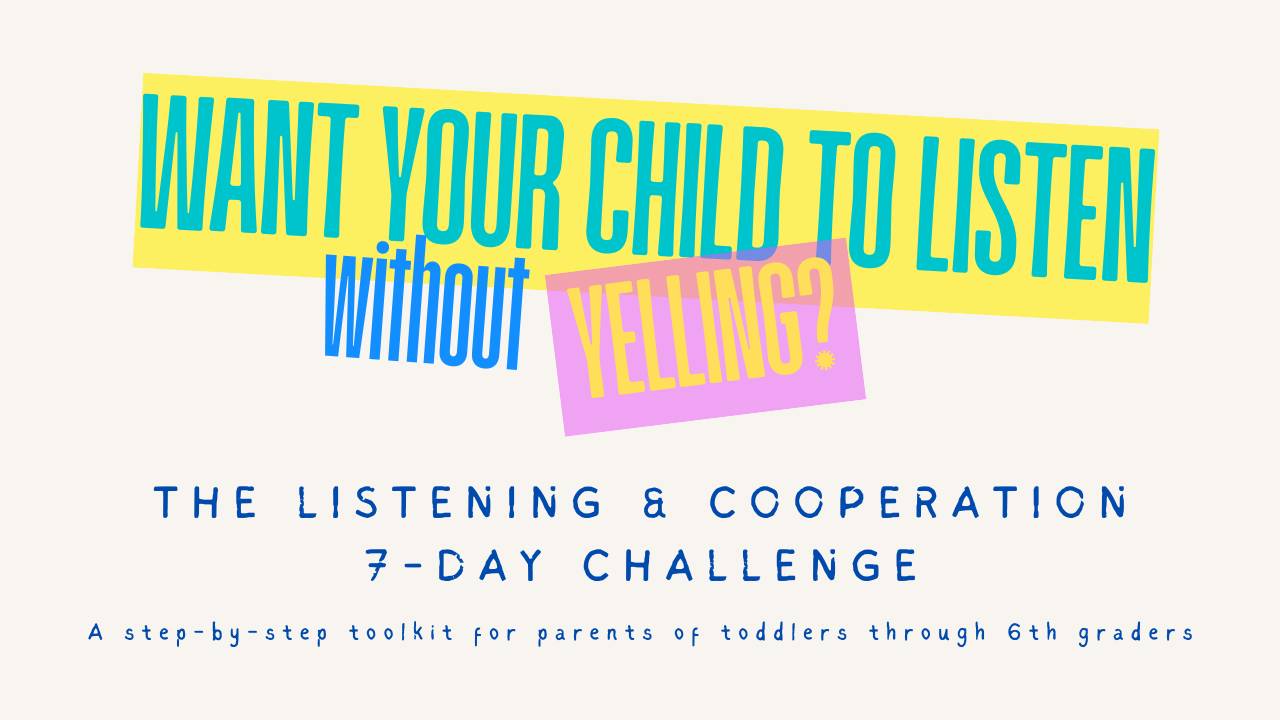Understanding the 4 Functions of Behavior and Embracing Communication
Jan 16, 2024
In this blog post, we'll delve into the four functions of behavior, shedding light on why children with autism engage in challenging behaviors and how Applied Behavior Analysis (ABA) can play a crucial role in decoding behavior. Remember, behavior is communication, and by understanding the reasons behind our actions, we can foster a deeper connection with our little ones.
The 4 Functions of Behavior:
- Attention-Seeking:
- Child with Autism: Tommy, a preschooler with autism, might engage in challenging behaviors, such as yelling or tantrums, to gain attention. Negative attention is still attention, and for Tommy, this might be a way to communicate his need for interaction.
- Everyday ABA Example: Imagine an adult consistently checking their phone during a conversation. The attention-seeking behavior is evident as they may be signaling a desire for attention or acknowledgment.
- Escape/Avoidance:
- Child with Autism: Sarah, a child with autism, might display challenging behaviors like refusing to engage in a task or attempting to leave a situation to avoid discomfort. This behavior serves as a way to escape or avoid a task or sensory input that is challenging for her.
- Everyday ABA Example: An adult sitting through a tedious meeting may start doodling or checking their watch. This escape behavior is a subtle attempt to avoid the mundane task at hand.
- Access to Tangibles/Desired Items:
- Child with Autism: Alex, a preschooler with autism, might engage in challenging behaviors, such as grabbing toys from others or throwing a tantrum, to gain access to a preferred item. The behavior is a means to communicate a desire for a specific object or activity.
- Everyday ABA Example: Picture an adult negotiating with a store clerk for a discount. The behavior of bargaining is a way to gain access to a desired item at a better price.
- Sensory Stimulation/Automatic Reinforcement:
- Child with Autism: Emily, a child with autism, may engage in repetitive behaviors like hand-flapping or rocking to seek sensory stimulation. These self-stimulatory behaviors are a form of self-soothing and provide intrinsic reinforcement.
- Everyday ABA Example: Consider an adult tapping their foot or drumming their fingers absentmindedly. This sensory-stimulating behavior may be a way to self-regulate or release excess energy.
Behavior is Communication:
It's crucial to recognize that behavior is a form of communication, especially for children with autism. Challenging behaviors are not random; they are an expression of unmet needs or a way to navigate the environment. By understanding the functions of behavior, parents can respond more effectively and address the underlying needs of their child.
Decoding behavior is like deciphering a unique language, and for children with autism, it's a vital means of communication. Embracing the functions of behavior allows parents to connect more deeply with their little ones and navigate challenging behaviors with empathy and understanding. Applied Behavior Analysis provides valuable tools for deciphering and addressing behavior, fostering a positive and supportive environment for children with autism. Remember, behind every behavior is a message waiting to be understood.
UNLOCK YOUR FREE TOOLKIT NOW: ENHANCE YOUR CHILD'S PLAY & LANGUAGE SKILLS TODAY!
Simply enter your email address to get instant access.


